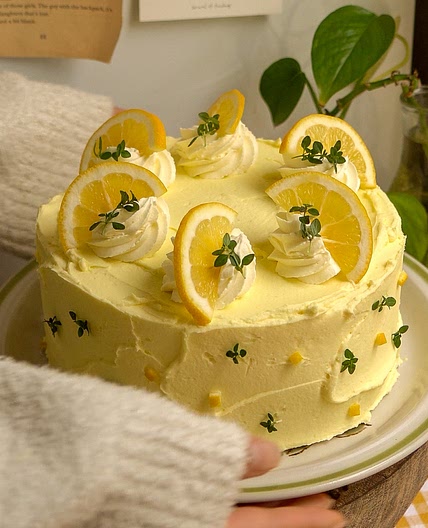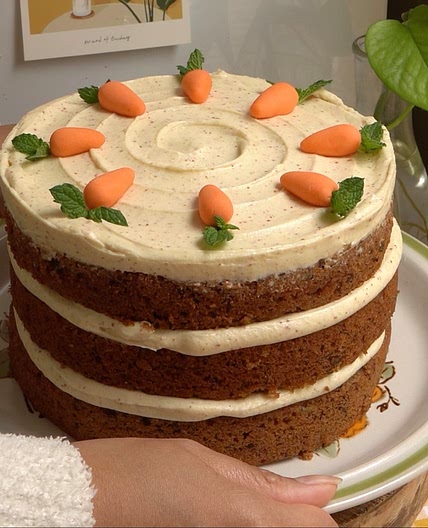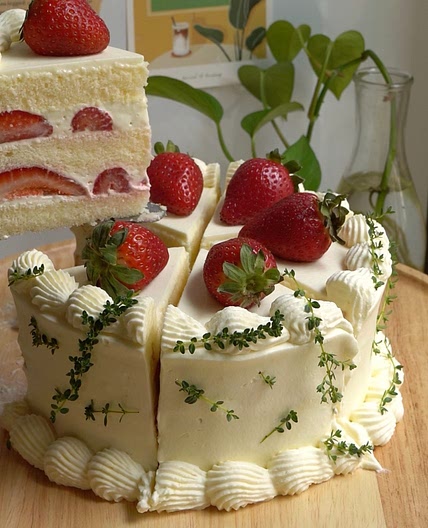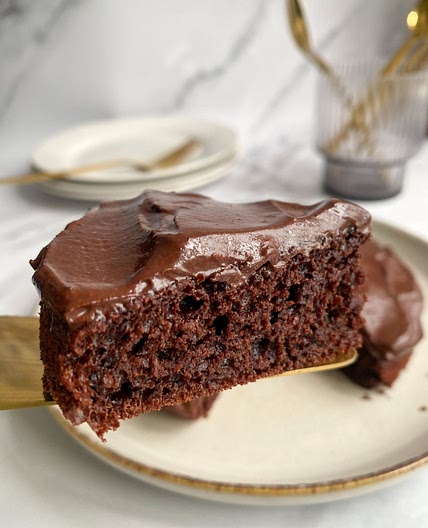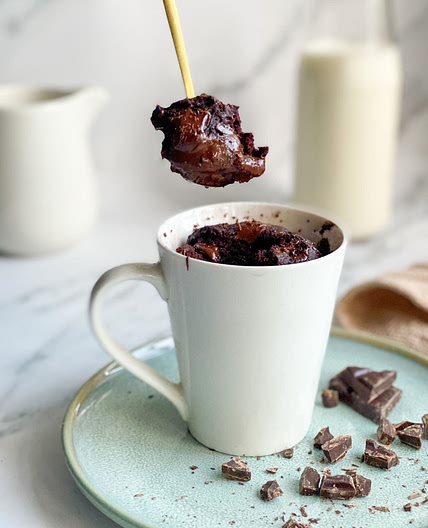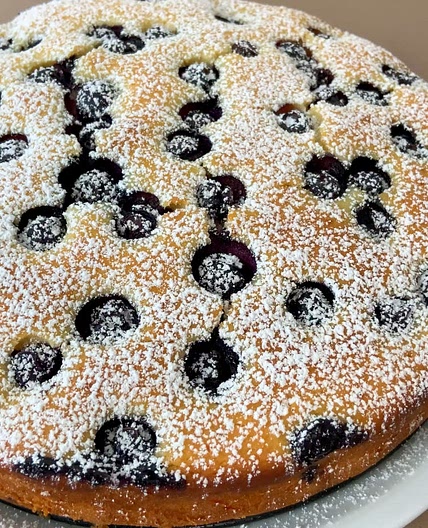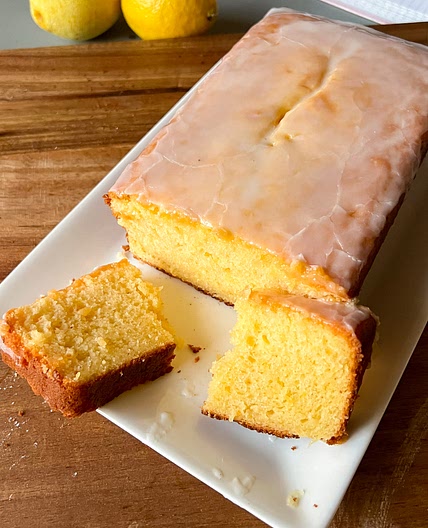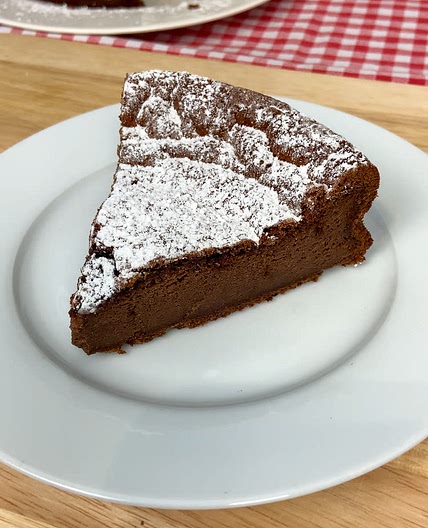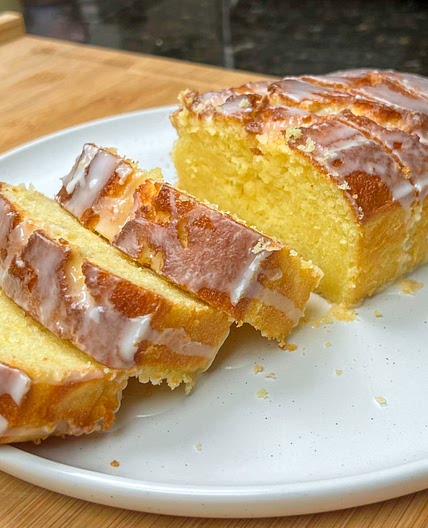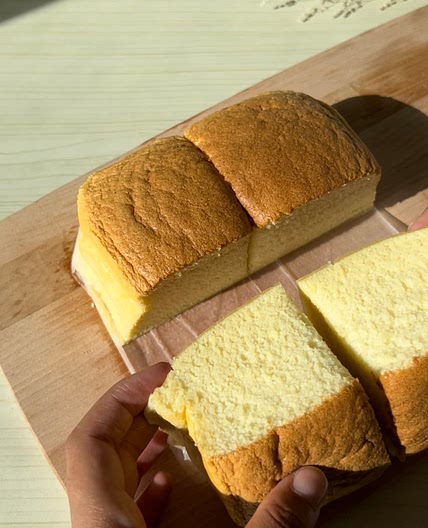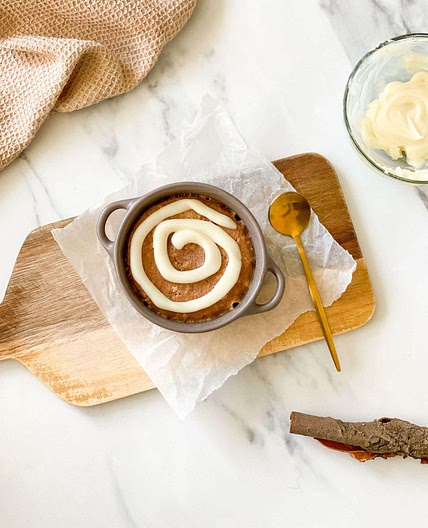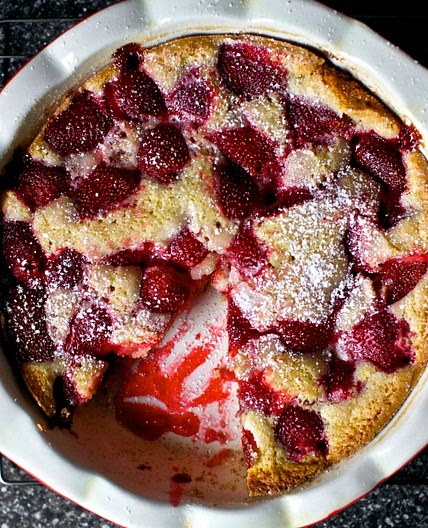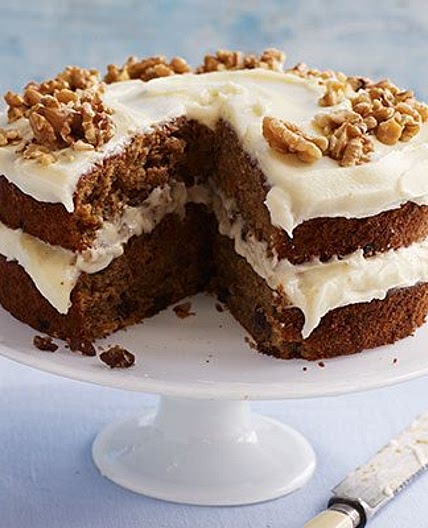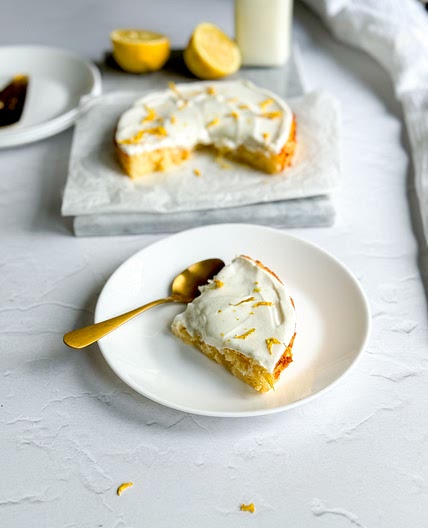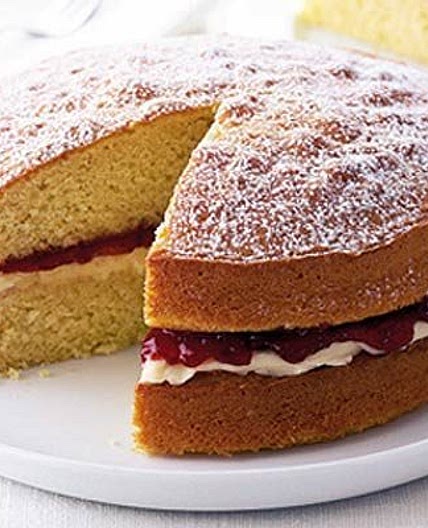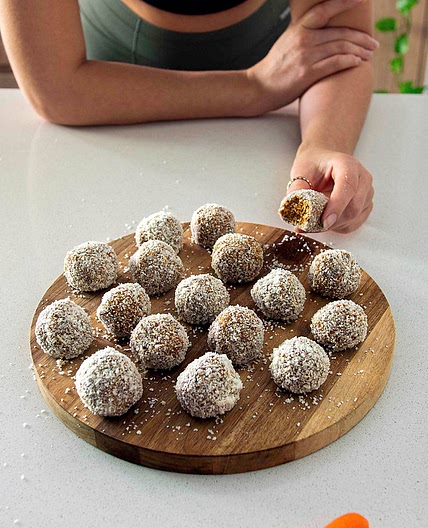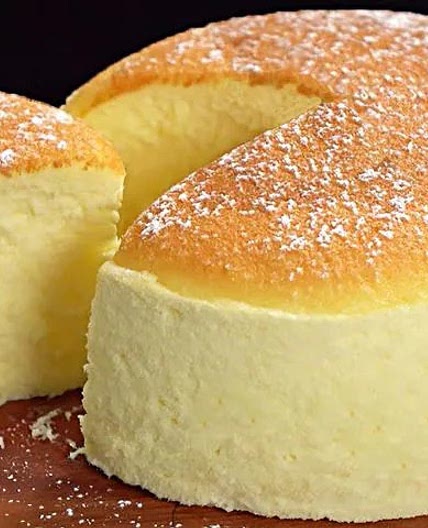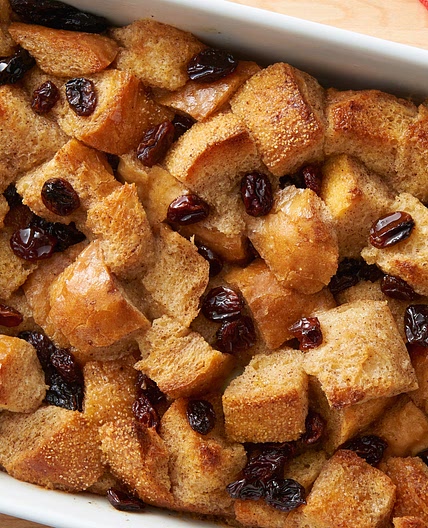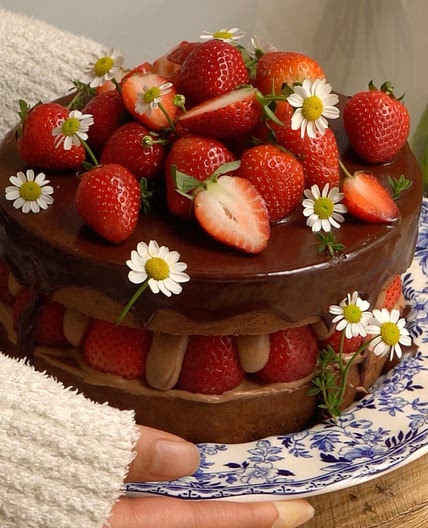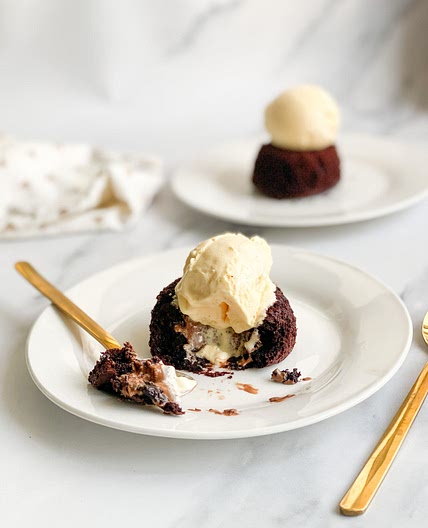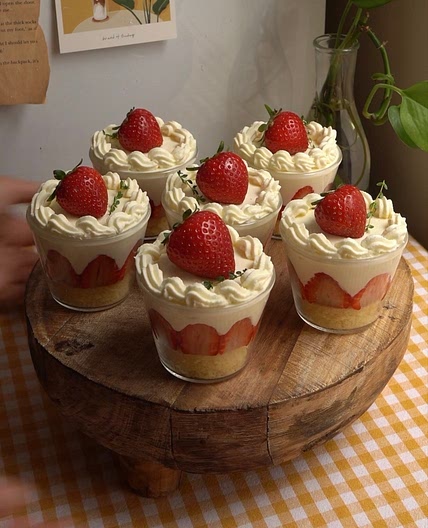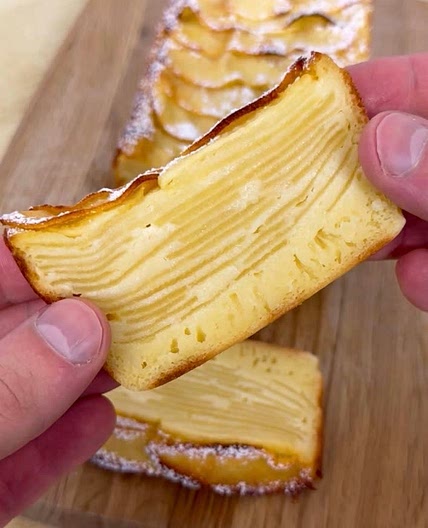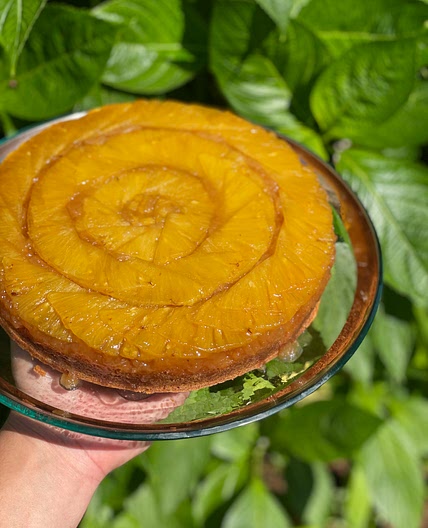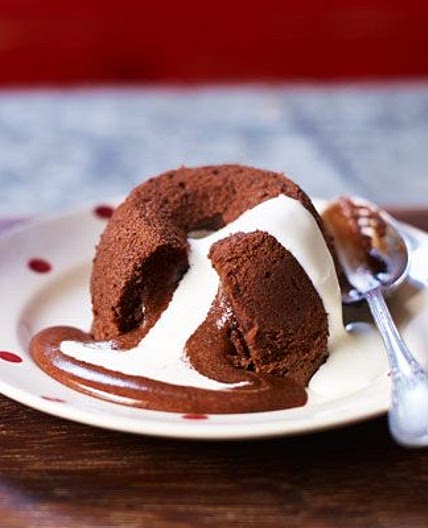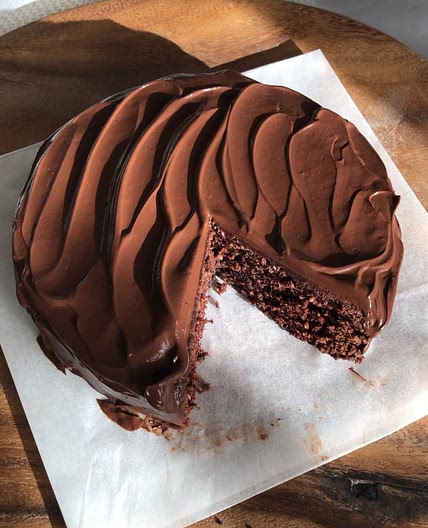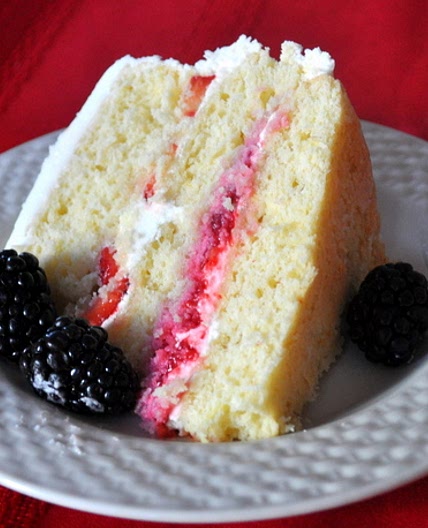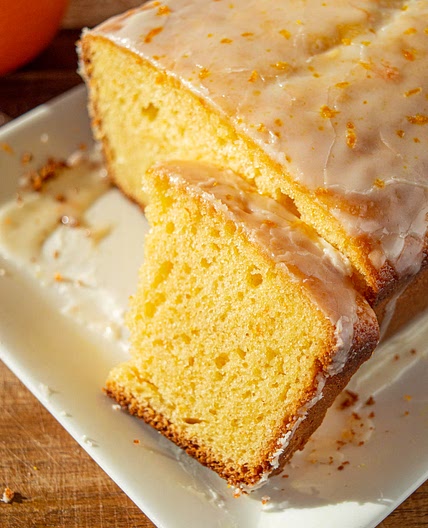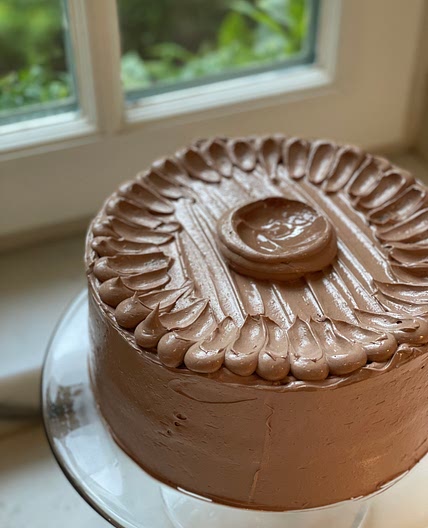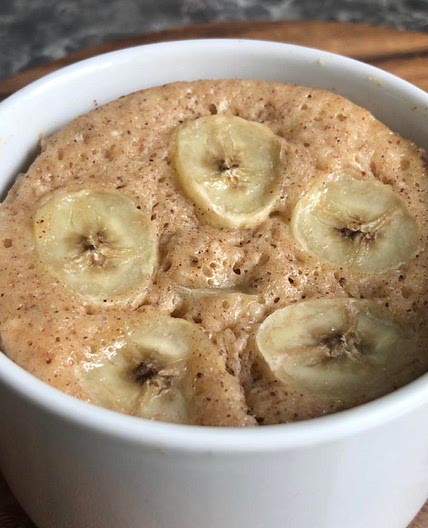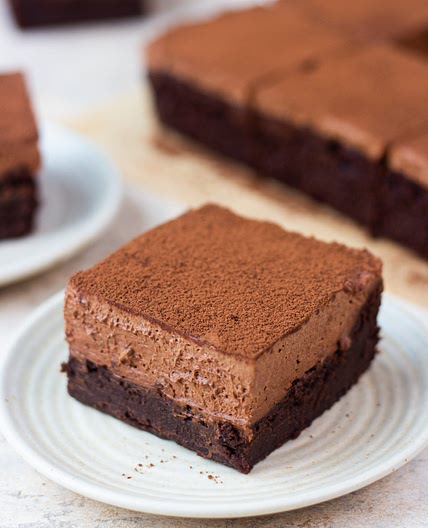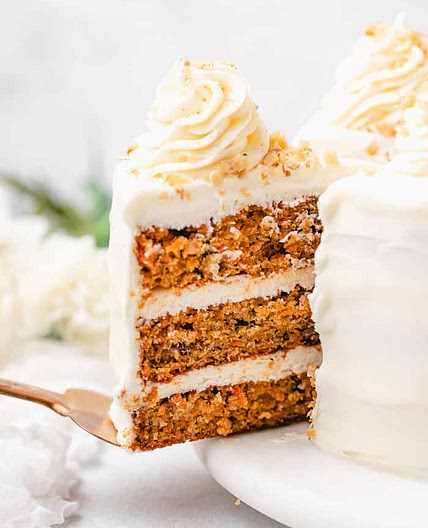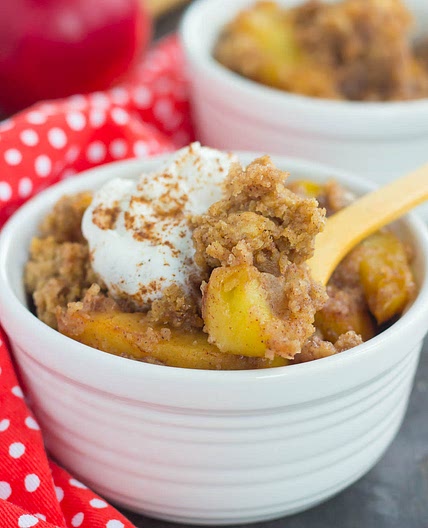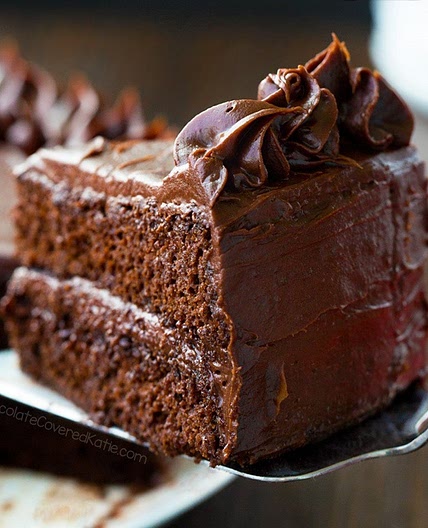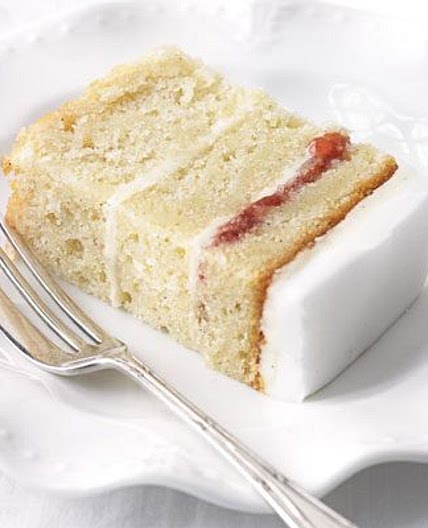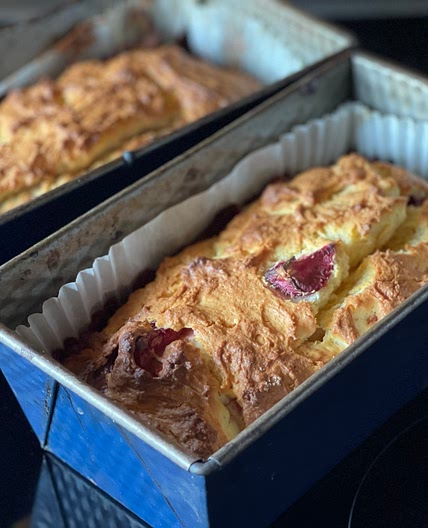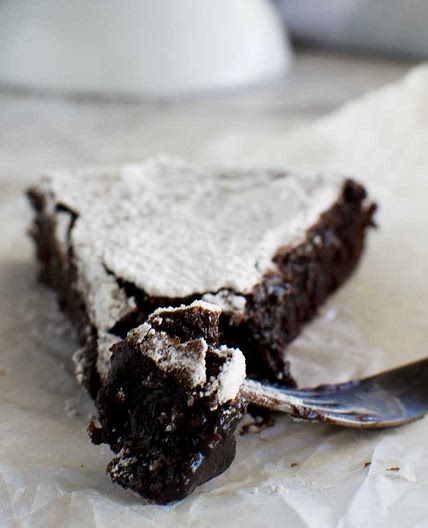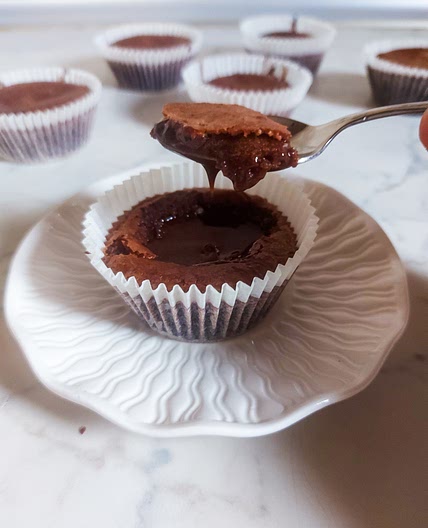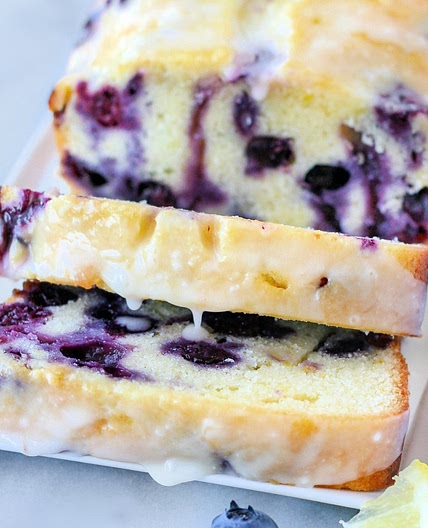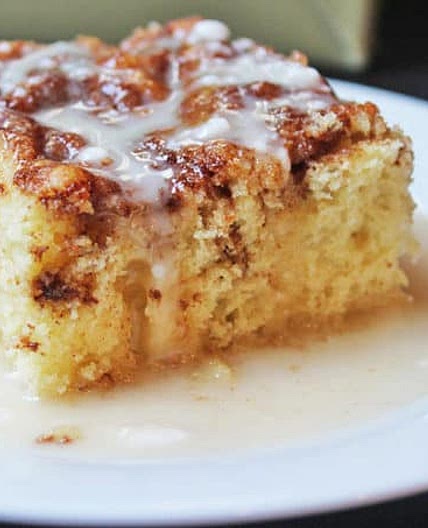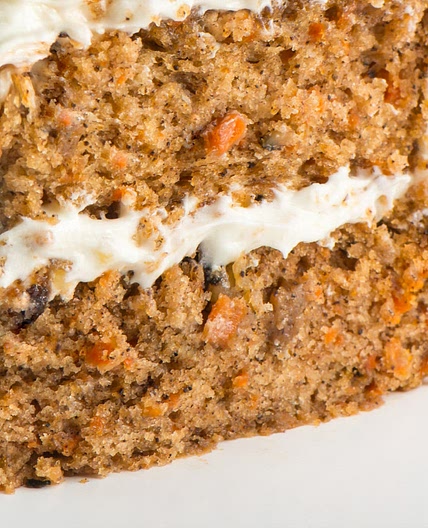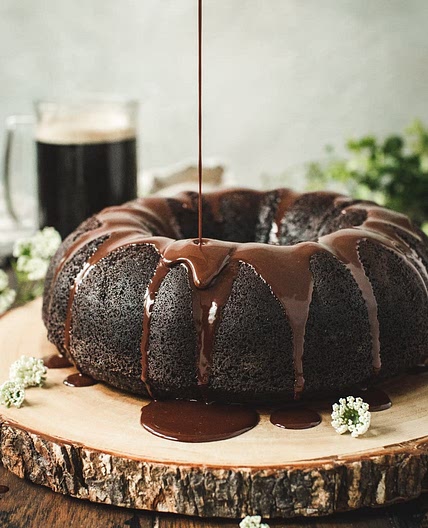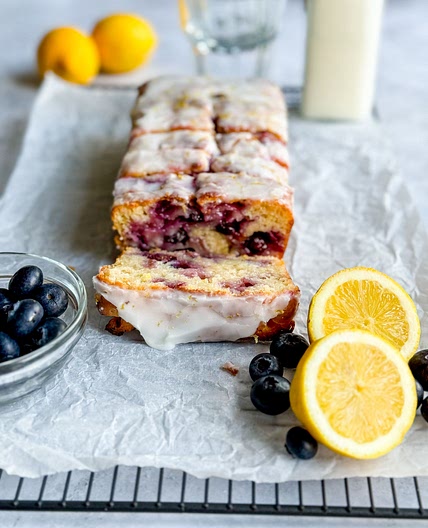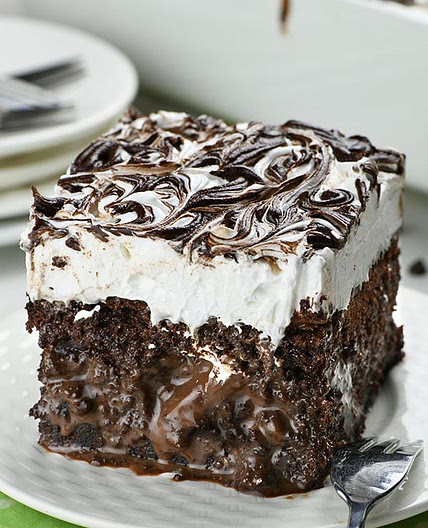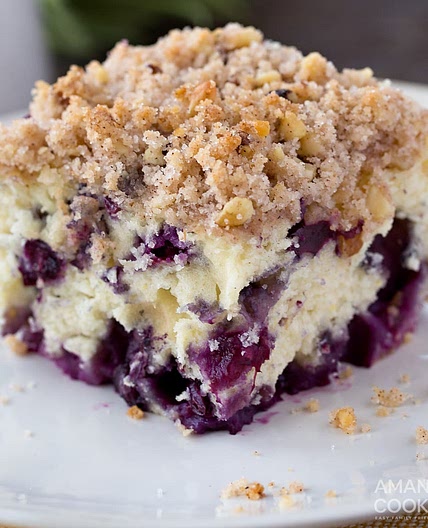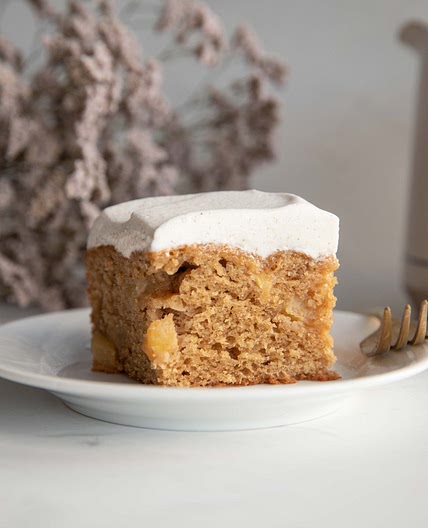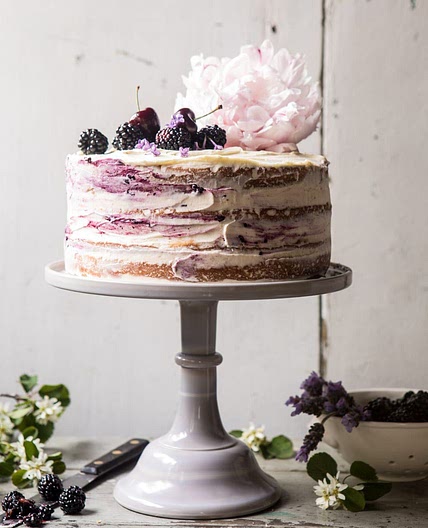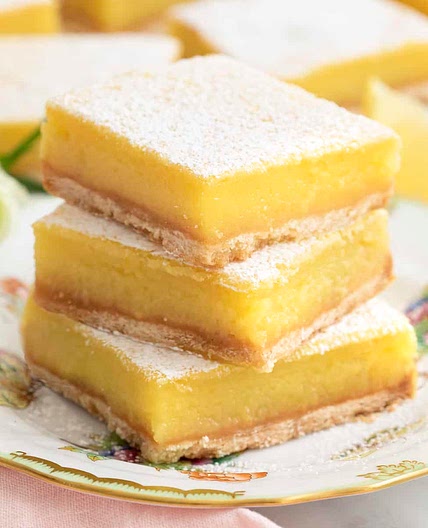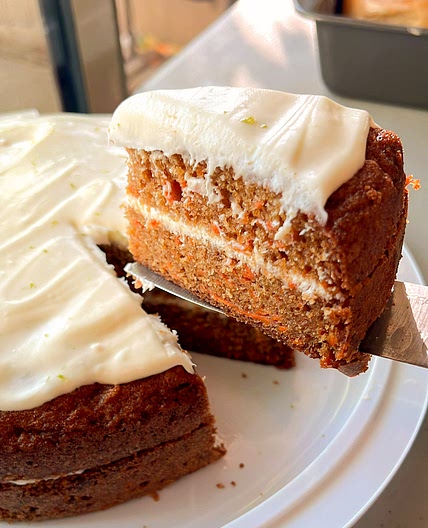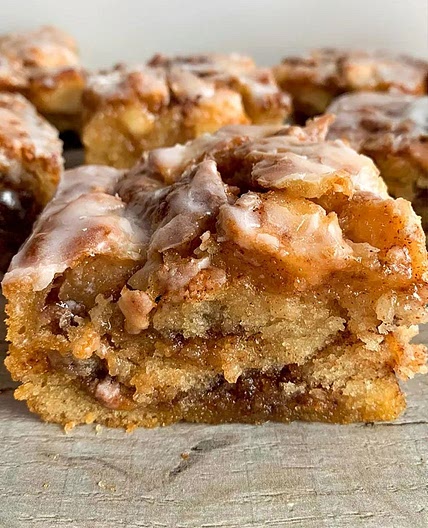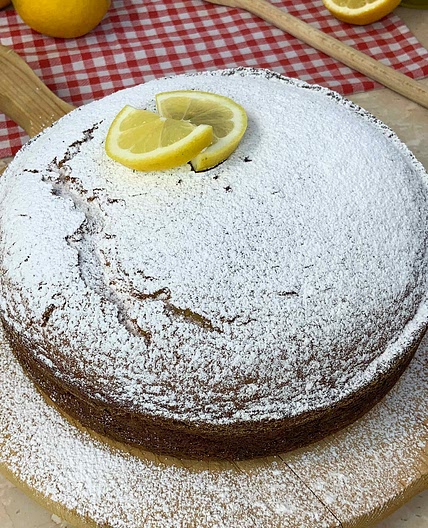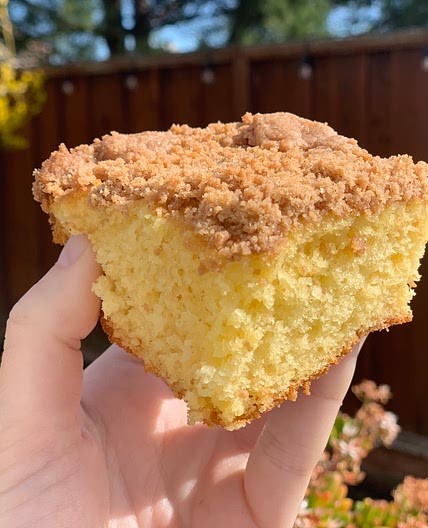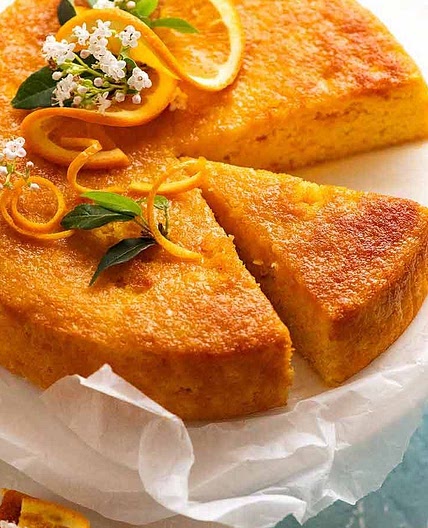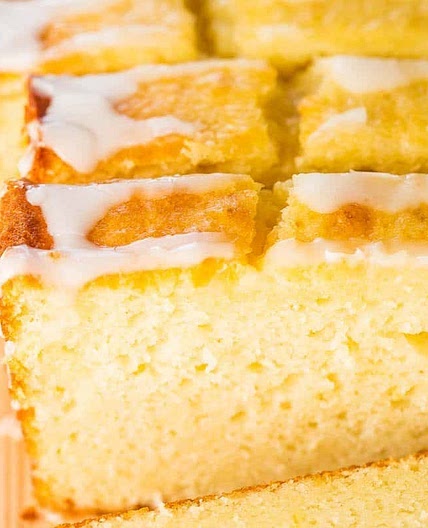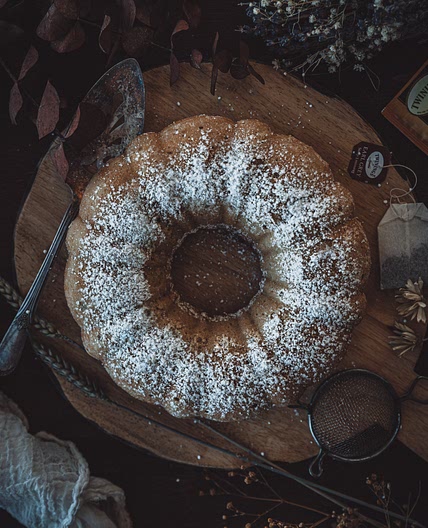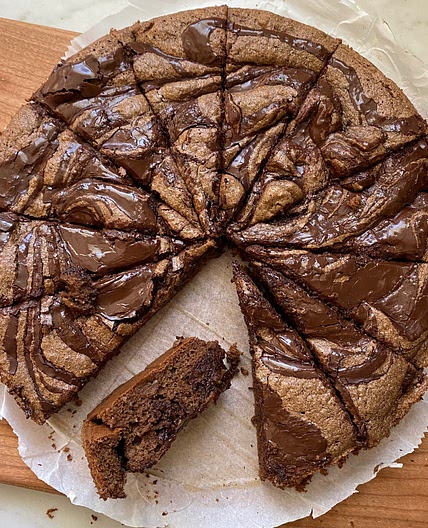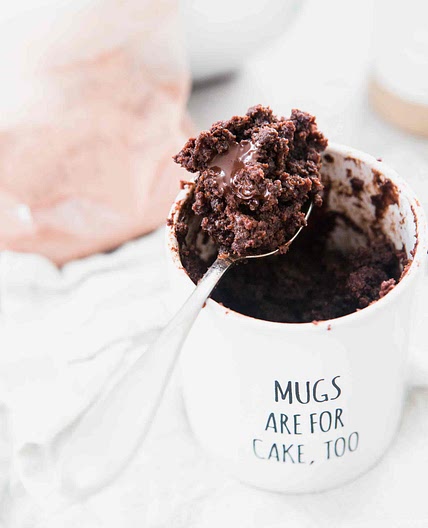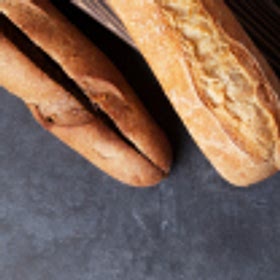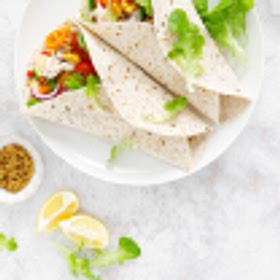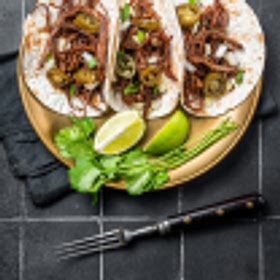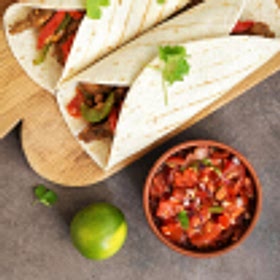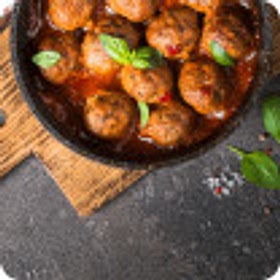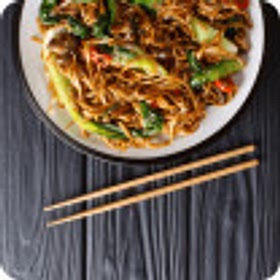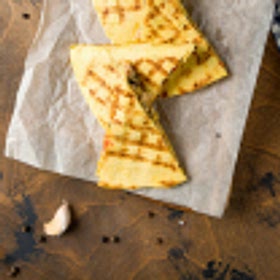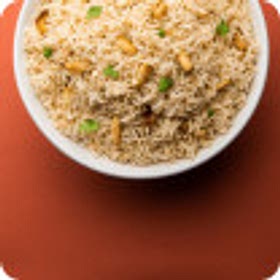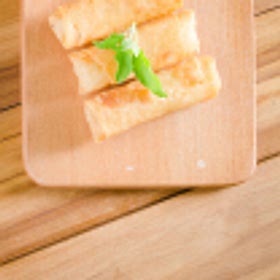All About Cakes: A Comprehensive Guide to Cake Types, History, and Tips
Cakes have long been a beloved dessert, and it’s no wonder! Whether you’re celebrating a special occasion, enjoying afternoon tea like royalty, or indulging in a sweet treat after dinner, there’s nothing quite like a slice of cake. But beyond its delicious taste, cake also has a rich history, cultural significance, and festive traditions that make it an enduring symbol of celebration. In this guide, we explore everything you need to know about cakes, from the different types of cake, their origins and cultural significance, to tips on how to bake the perfect cake. So, get ready to satisfy your sweet tooth and dive into the world of cakes!
Nutrition per serving size(447g)
- Energy: 0
- Total Fat: 0
- Saturated Fat: 0
- Carbohydrate Total: 0
- Sugars: 0
- Protein: 0
- Sodium: 0
- Fiber: 0
- Trans Fat: 0
- Monounsaturated Fat: 0
- Polyunsaturated Fat: 0
- Cholesterol: 0
- Calcium: 0
- Magnesium: 0
- Potassium: 0
- Iron: 0
- Zinc: 0
- Phosphorus: 0
- Vitamin A: 0
- Vitamin C: 0
- Thiamin B1: 0
- Riboflavin B2: 0
- Niacin B3: 0
- Vitamin B6: 0
- Folic Acid B9: 0
- Vitamin B12: 0
- Vitamin D: 0
- Vitamin E: 0
- Vitamin K: 0
- Tryptophan: 0
- Alpha Carotene: 0
- Beta Carotene: 0
- Omega 3 DHA: 0
- Omega 3 EPA: 0

Types of Cakes and Recipes
From classic sponge cakes to decadent chocolate cakes, there are countless types of cakes to choose from. Here are just a few examples with recipes:
- Sponge cake: A light and fluffy cake made with eggs, flour, and sugar, often served with whipped cream or fruit.
- Chocolate cake: A rich and decadent cake made with cocoa powder or melted chocolate, perfect for chocolate lovers.
- Layer cake: Made up of multiple layers of cake, filling, and frosting. Layer cake recipes can come in all kinds of flavors, colors, and styles. This type of cake is often served at weddings and other special occasions.
- Angel food cake: A light and airy cake made with egg whites and sugar, often served with fresh fruit or whipped cream.
- Cheesecake: A dense, creamy cake made with cream cheese and a biscuit base. It’s not a traditional “cake” in that it doesn’t use flour. It’s often served with fruit or chocolate sauce.
- Red velvet cake: A cake made with cocoa powder and buttermilk, often topped with cream cheese frosting and popular in the southern United States. It’s named because of the pink-red color of the cake.
Cakes in History and Culture
Cakes have been a part of human history for thousands of years, with evidence of cake-like desserts dating back to ancient Egypt and Rome. Over time, cakes have come to symbolize various concepts in various civilizations, including fertility, abundance, luck, and success.
In Western culture, cakes are often associated with celebrations such as weddings, birthdays, and holidays like Christmas and Easter. In some countries, certain cakes are traditional symbols of national identity, such as Christmas fruitcakes in the United Kingdom or King Cakes in New Orleans during Mardi Gras.
Different Types of Cake Flour
When it comes to baking cake recipes, the choice of flour plays a crucial role in achieving the ideal texture, crumb, and overall taste. You might think it’s a small detail, but making the right choice can take your cake from zero to hero.
Bleached Cake Flour
Bleached cake flour undergoes a chemical process that helps to break down the proteins and lighten the color of the flour. This type of cake flour produces cakes with a finer texture and a more tender crumb. The bleaching process also enhances the flour’s ability to absorb liquids, resulting in improved moisture retention in cakes.
Unbleached Cake Flour
Unlike bleached cake flour, unbleached cake flour is not chemically treated and it retains its natural state with a slightly off-white color. Unbleached cake flour has a higher protein content compared to bleached cake flour, which contributes to a slightly denser texture. Thus, it is ideal for recipes that require a sturdier structure, such as pound cakes or fruitcakes.
Gluten-Free Cake Flour
For those with gluten sensitivities or dietary restrictions, gluten-free cake flour is a solution. Made from a combination of gluten-free flours such as rice flour, potato starch, and tapioca flour, this type of cake flour means gluten-sensitive people can still enjoy delicious cakes. Gluten-free cake flour typically requires the addition of xanthan gum or other binding agents to mimic the structure provided by gluten.
Tips for Baking the Perfect Cake

Baking the perfect cake can be a challenge, but with a few tips and tricks, anyone can create a delicious and beautiful cake at home. Here are a few tips to get you started:
1. Use room temperature ingredients: This ensures that all the ingredients combine evenly and smoothly. So don’t pull them straight out of the fridge unless the recipe specifies chilled ingredients.
2. Don’t overmix the batter: Overmixing can cause the cake to become tough and dry.
3. Use the right pan size: If the pan is too small, the cake will overflow, and if it’s too large, the cake will come out flat and dry.
4. Preheat the oven: This ensures that the cake bakes evenly and rises properly.
5. Let the cake cool completely before frosting: Otherwise, the frosting will melt and slide off the cake.
FAQs
Yes, cakes can be frozen to increase their shelf life. It’s best to freeze them before adding frosting or decorations. Wrap the cake tightly in plastic wrap and then place it in an airtight container or freezer bag. Thaw the cake in the refrigerator when ready to eat.
Cake flour has a lower protein content, which makes cakes lighter and fluffier. All-purpose flour can be used in a pinch but may result in a denser cake.
Yes, but there are a couple things to consider. Since AP flour is higher in protein content, if you are looking to bake more light and delicate cake, we recommend adding cornstarch to lower the overall protein content. Also when substituting, you can use approximately 1 cup minus 2 tablespoons of AP flour for every cup of cake flour.
Grease the pan with non-stick cooking spray, butter, or oil, and line the bottom of the pan with parchment paper.
Conclusion
Cakes are a beloved delicacy with a rich history and cultural significance. From simple sponge cakes to elaborate wedding cakes, there’s a cake for every occasion. By following a few tips and tricks, anyone can bake the perfect cake at home. So, the next time you enjoy a slice of cake, remember the traditions, history, and cultural significance that make it such a special dessert.


